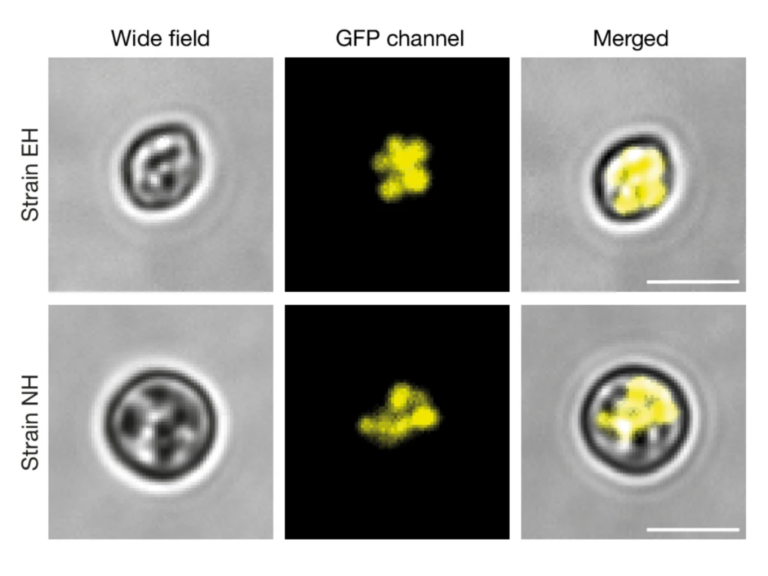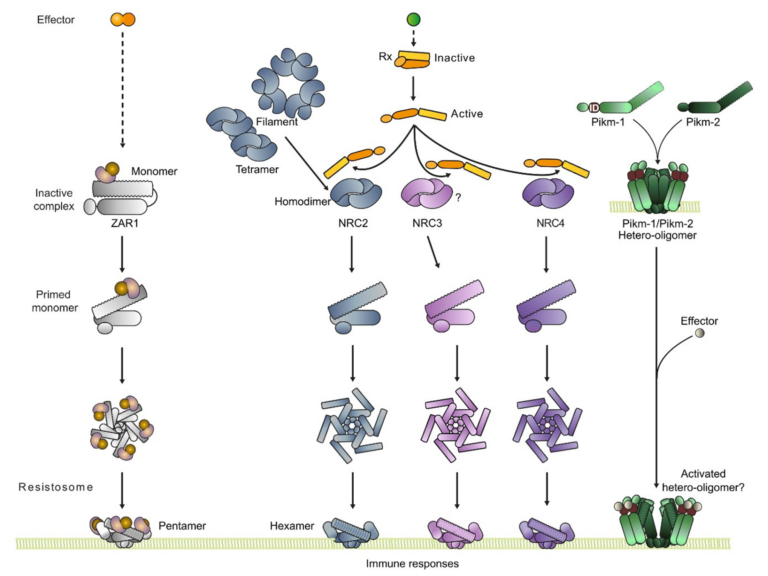Vertical and horizontal gene transfer shaped plant colonization and biomass degradation in the fungal genus Armillaria
Abstract
The fungal genus Armillaria contains necrotrophic pathogens and some of the largest terrestrial organisms that cause tremendous losses in diverse ecosystems, yet how they evolved pathogenicity in a clade of dominantly non-pathogenic wood degraders remains elusive. Here we show that Armillaria species, in addition to gene duplications and de novo gene origins, acquired at least 1,025 genes via 124 horizontal gene transfer events, primarily from Ascomycota. Horizontal gene transfer might have affected plant biomass degrading and virulence abilities of Armillaria, and provides an explanation for their unusual, soft rot-like wood decay strategy. Combined multi-species expression data revealed extensive regulation of horizontally acquired and wood-decay related genes, putative virulence factors and two novel conserved pathogenicity-induced small secreted proteins, which induced necrosis in planta. Overall, this study details how evolution knitted together horizontally and vertically inherited genes in complex adaptive traits of plant biomass degradation and pathogenicity in important fungal pathogens.


